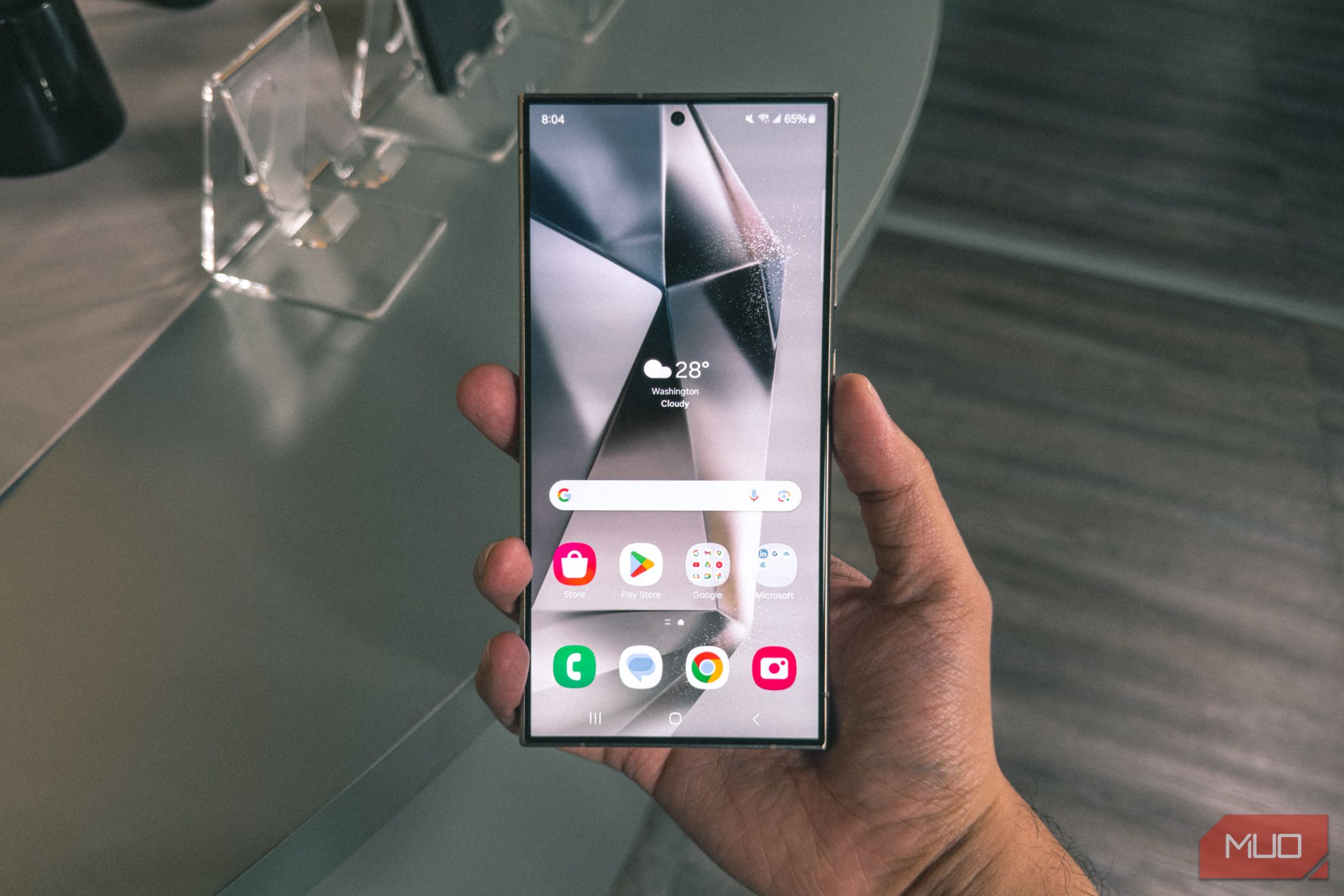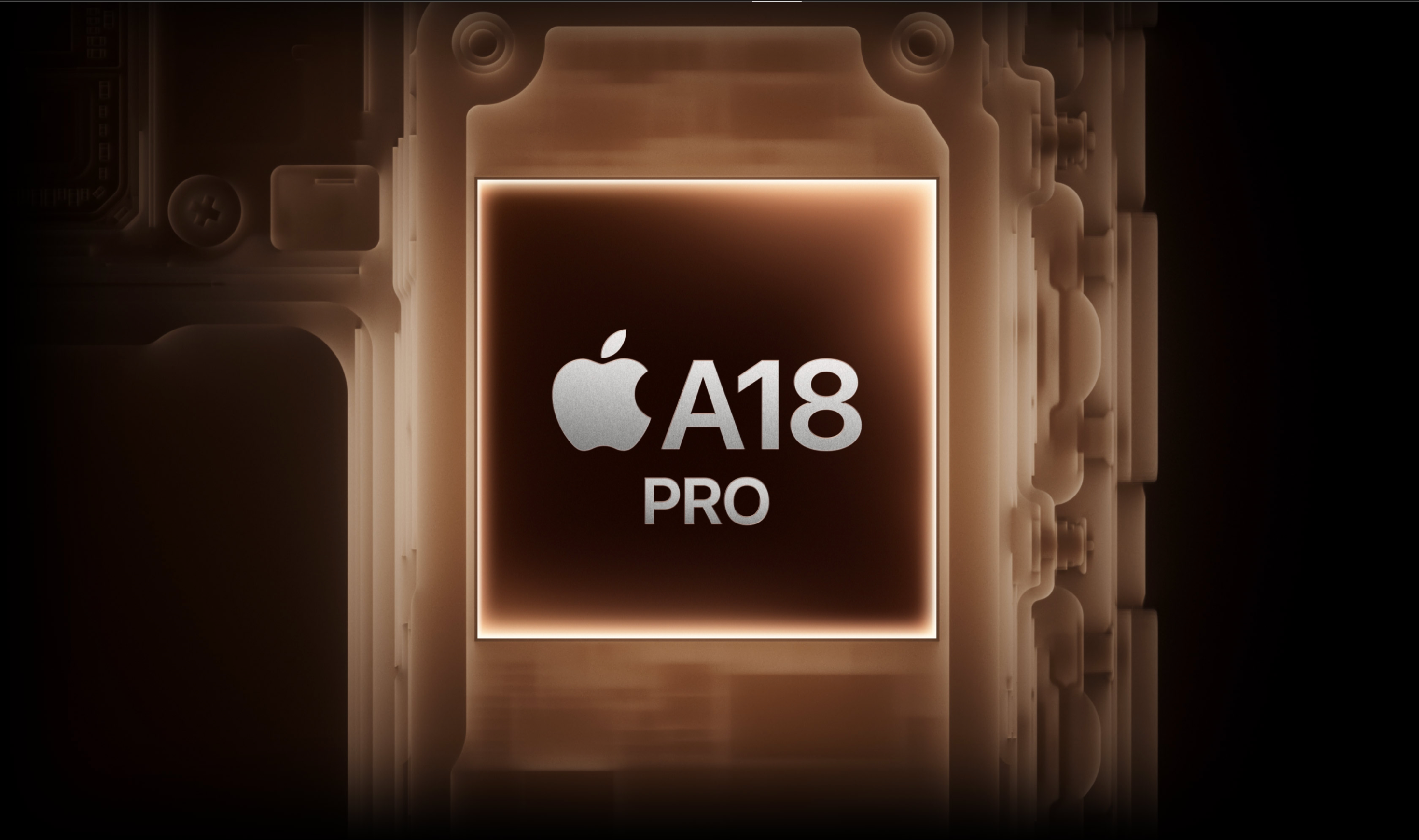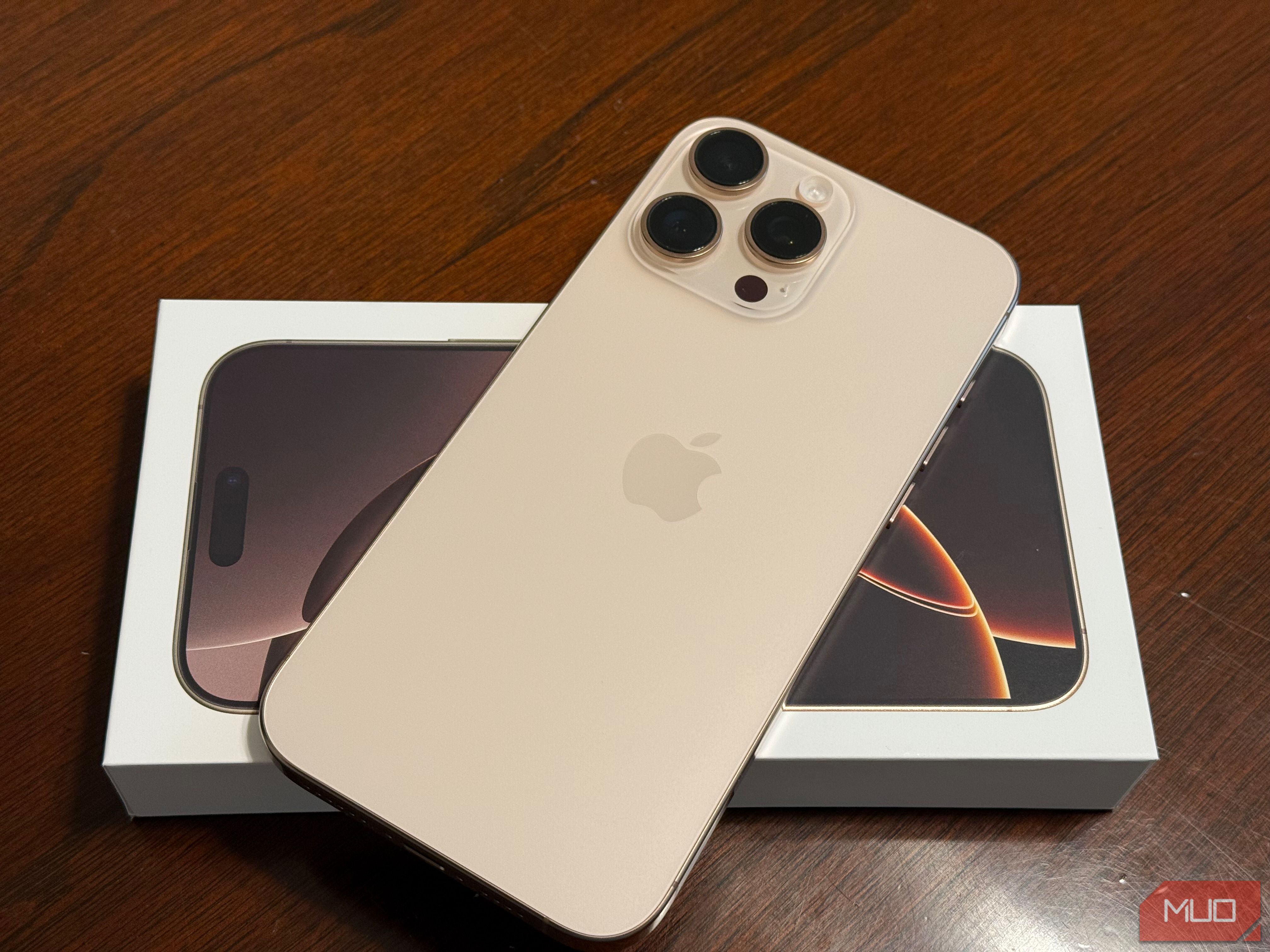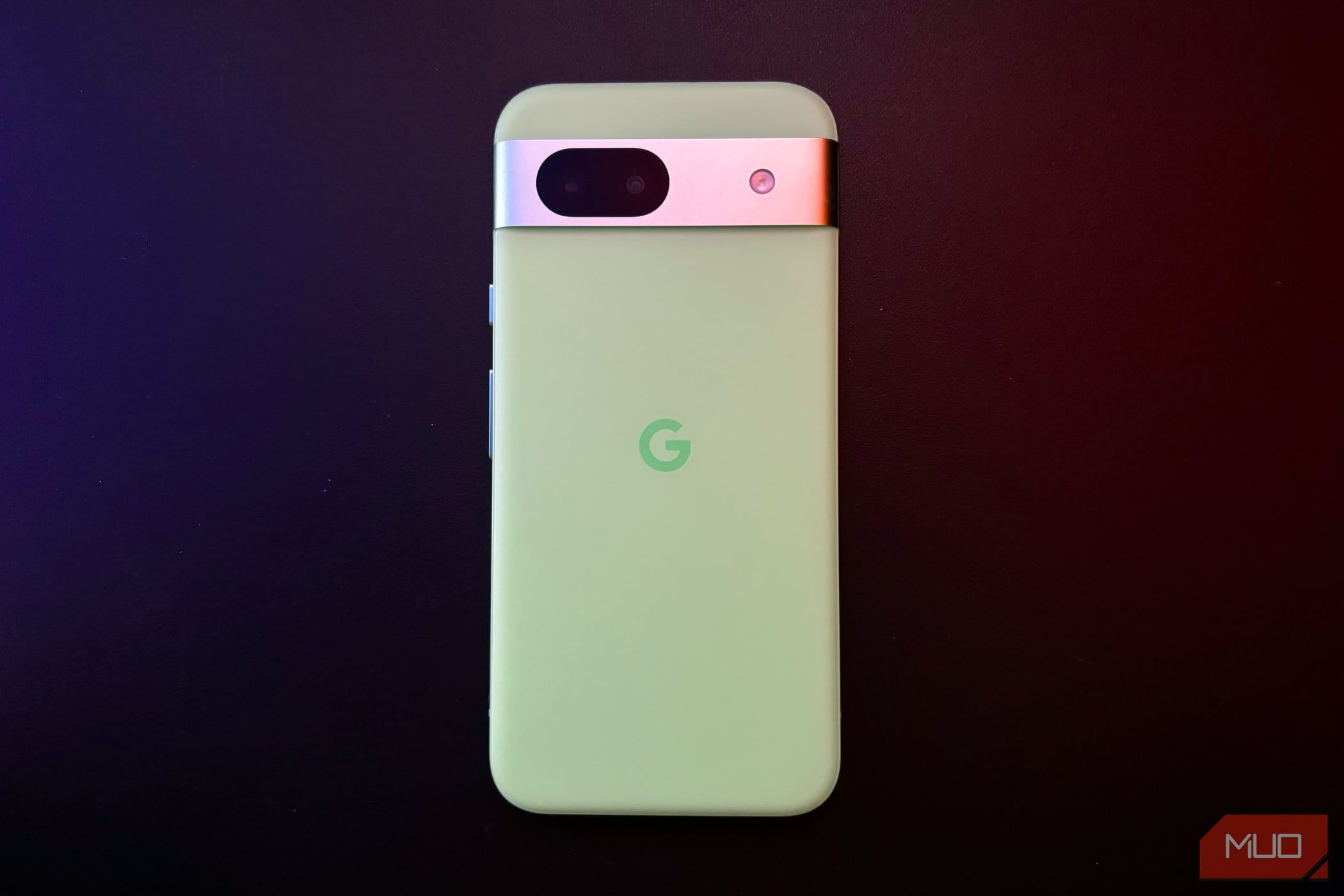quick links
-
Display size and refresh rate
Buying a cell phone can be daunting with so many options available at different price points. You also need to decide on the key specifications that are important to you. To help you make that decision, I’ll share the smartphone specs that I always prioritize when buying a new smartphone.
1 Display size and refresh rate
The main thing I consider when purchasing a new smartphone is the display size. I don’t buy devices with screens larger than 6.7 inches because I think they are too large and difficult to handle in daily use. Because of this, phones like the Samsung Galaxy S24 Ultra and iPhone 16 Pro Max are non-starters for me. The Galaxy S24 Plus we reviewed has a 6.7-inch panel with rounded corners, making it easy to handle.
However, there’s more to the display than just size. Refresh rate also plays an important role. Almost every mid-range and flagship phone in the Android world now has a 120Hz or higher refresh rate screen. By comparison, only the iPhone Pro model has a 120Hz display.
The problem is, once you get used to a phone with a 120Hz screen, you can’t miss how smooth it is and you’ll never go back. So even though the iPhone 16 is better than many premium Android smartphones, I’d still choose one of the latter for its higher refresh rate display.
2 battery life
There’s no point in owning a cell phone if you can’t use it all day. I use my phone to stay on top of my email accounts and Slack groups. It also helps you keep up with your friends through Instagram and Snapchat. This is even more important when I travel, as I use Google Maps to navigate new cities and find places to explore.
I’m a power user, so I always prioritize battery life over other important aspects of a phone. But battery life isn’t everything. Mobile phones also need to be able to be charged quickly.
This is why I prefer the OnePlus 12 over the Pixel 9 Pro XL. Both phones offer excellent battery life, but the former supports 80W wired fast charging, allowing you to charge the battery to 100% in just over 30 minutes.
3 processor
You may not pay much attention to your phone’s processor, but it makes a big difference in the long run. A substandard CPU can cause your phone to overheat frequently, drain your battery quickly, and cause performance issues when used frequently.
The SoC also plays a key role in determining how long your phone gets updates. With the advent of AI, this has become even more important. No one wants to buy a phone with an older chipset, even if it has an attractive overall package.
For example, the iPhone 15 seemed like a complete package when it launched in 2023. A16 Bionic is still one of the most powerful mobile SoCs in 2024, but unfortunately it lacks support for Apple Intelligence.
Therefore, when buying a new mobile phone or recommending it to others, always give preference to devices with newer processors.
4 camera hardware
I often take photos with my smartphone, so I always prioritize my camera setup. However, raw specs are not always important, as final image processing also plays an important role.
For example, the Galaxy S24 Ultra has a more versatile rear camera setup than the iPhone 16 Pro. However, the latter is a more reliable point-and-click shooter, and Samsung’s flagship struggles to capture moving objects due to its slow shutter speed.
The iPhone is also better at capturing more detailed and less noisy video, even though it doesn’t have as large a camera sensor as many Chinese rivals. You can also adjust some of your iPhone’s camera settings to further improve video quality.
In addition to camera specs, the latest iPhones can take better photos on social media apps like Instagram and Snapchat. My wife is a heavy Instagram user, so she always buys an iPhone, even if there are Android smartphones available in the same price range with better camera hardware.
Since I value image quality and don’t mind getting my hands dirty with camera settings, I prefer my flagship Android smartphone, even though it has less video recording performance.
5 modem
You may not pay much attention to the modem or baseband of the phone you are planning to purchase. But after years of using phones with different chipsets from multiple brands, I’ve learned that a good modem is just as important.
The modem handles all network communication on your phone. A poor modem can cause connection issues such as dropped calls and spotty coverage. Even worse, it can lead to excessive battery drain and affect the overall running time of your phone.
Because of this, I avoid buying Google Pixel or Samsung phones with Exynos chips. These SoCs are paired with Exynos modems, and their performance is typically lower than Qualcomm’s products. According to a report by Android Police, there are many complaints on the internet from Pixel users about dropped calls and network connectivity.
The Pixel 9 seems to be better thanks to the new Exynos 5400 modem. However, based on my experience with Pixel 7, Pixel 8, and older Galaxy smartphones with Exynos basebands, I still prefer smartphones with Qualcomm Snapdragon modems.
Depending on your use case, you may prefer a phone with longer battery life and a larger display over one with a better camera setup. However, as long as you consider the specs mentioned above, you will be fully satisfied with your smartphone purchase.





